Showing 1–16 of 22 results
Buy Threads from Leading Wholesaler
-
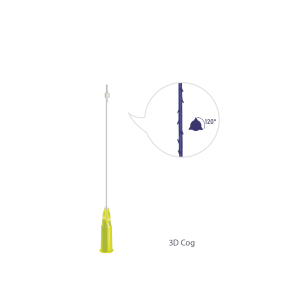

3D COG 21G90-L
120.00 $ Add To Cart-+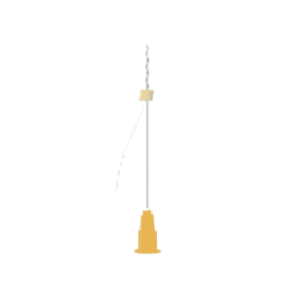

GOLD EMBOSSING MONO 29G38X 20 pcs
139.00 $ Add To Cart-+

GOLD EMBOSSING MONO 29G50 X20pcs
75.00 $ Add To Cart-+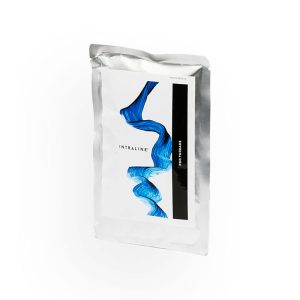
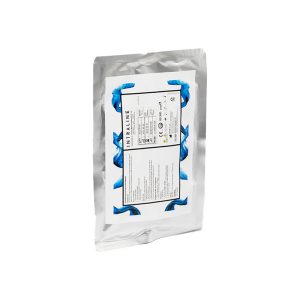
Intraline Mono 29G 50 70 6-0
83.00 $ Add To Cart-+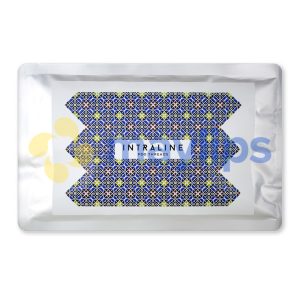

Intraline Mono M2750
27G 50mm/70mm 20 threads
59.00 $ Add To Cart-+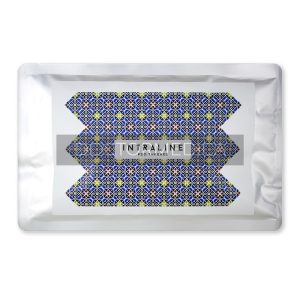

Intraline Mono M3038
30G 38mm/50mm 20 threads
59.00 $ Add To Cart-+

Intraline PDO Threads Cog Dimension 360 B2190-C-21G
90mm/150mm 20 threads
399.00 $ Add To Cart-+

Intraline PDO Threads Cog Dimension 360 C19100-C-19G
100mm/140mm 20 threads
399.00 $ Add To Cart-+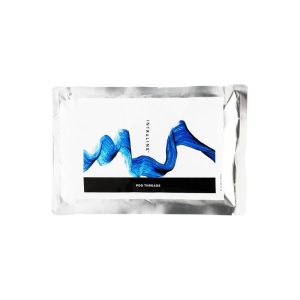

Intraline PDO Threads Cog Dimension 360 C19100M-C-19G 100mm/150m
399.00 $ Add To Cart-+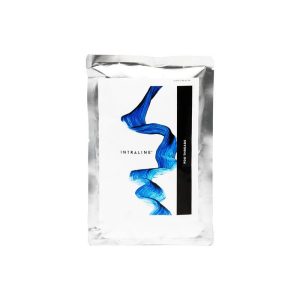

Intraline Spiral 30G 25,4 30 7-0
123.00 $ Add To Cart-+

Intraline Spiral S2938
29G 38mm/50mm 20 threads
89.00 $ Add To Cart-+

Intraline Spiral S3038
30G 38mm/50mm 20 threads
89.00 $ Add To Cart-+

Intraline Triple TR2650
26G 50mm/70mm 20 threads
99.00 $ Add To Cart-+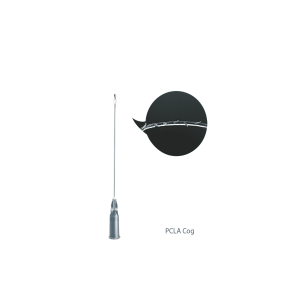

PCLA COG 19G100-150mm U
190.00 $ Add To Cart-+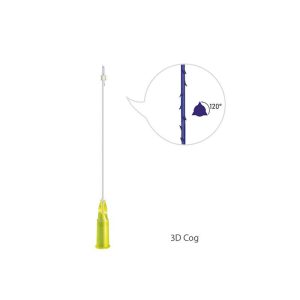

PCLA COG 21G90-150mm L
199.00 $ Add To Cart-+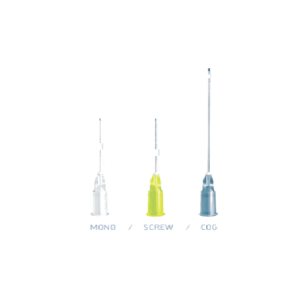

PCLA MONO 27G60-100mm
75.00 $ Add To Cart-+Threads
*Disclaimer: Information on Maylips.com is provided for informational purposes only. Self-medication is strictly prohibited. All aesthetic procedures should be provided by the licensed healthcare specialist after the consultation with the personal therapist. The information in this article should not be used for prescribing any medication for the beauty injections.
All brand and medication descriptions in the article are based on the personal opinion and are not endorsed by Maylips.com. The article content was not reviewed for medical validity. Use this article for information and not for a final decision on the procedure.

